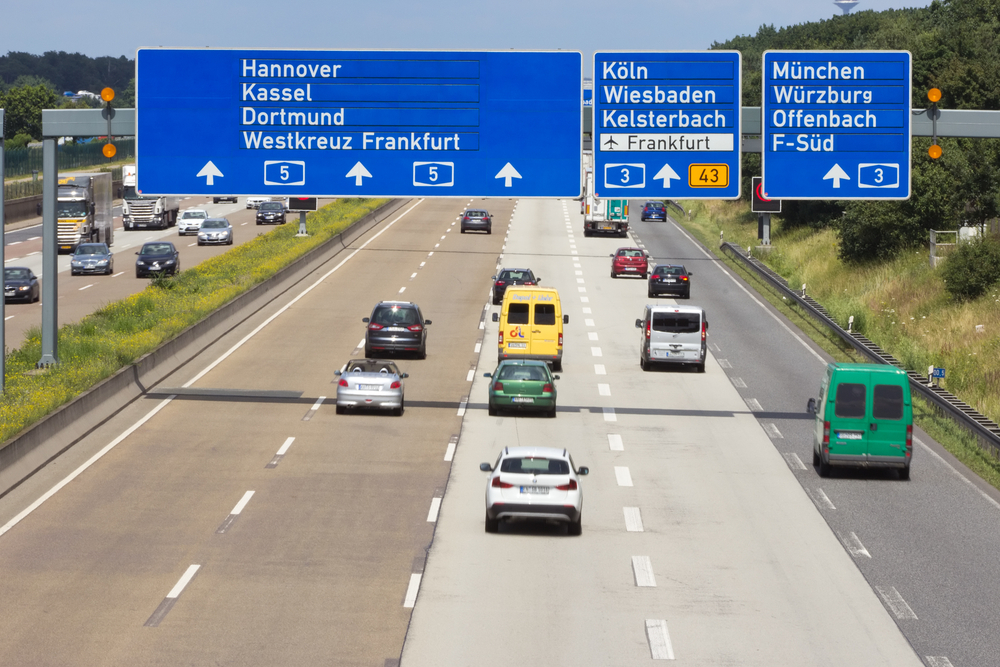Driving and Autos: Auto
In general, German road conditions are excellent, although you should exercise caution while traveling on older roads in eastern Germany. Contrary to popular belief, there are posted speed limits on many stretches of the Autobahn, mostly in urban areas or when the road has many curves. The high speed permitted on the Autobahn, adverse weather conditions and unfamiliar road markings can pose significant hazards. Driver error is a leading cause of accidents involving American motorists in Germany.
Bicycles are another leading cause of auto accidents. Many German streets and sidewalks have dedicated bike lanes for use by bicyclists. Whether you are driving or walking, be aware that bicycles have priority use of these lanes. If you are walking, watch for bicyclists before crossing or stepping into bike lanes. Bicyclists also have priority over cars when turning onto side streets. If you are driving, check to see if a bicyclist is approaching from either direction before attempting to enter side streets—even when the light is in your favor. If you are turning into a side street and hit a bicyclist using a marked bike lane, you will be held responsible for any injury or damage caused.
In Germany, unless you are traveling on a priority road, vehicles merging from the right have the right of way. It is also generally illegal in Germany to pass vehicles on the right. The threshold for determining whether a person has been driving under the influence of alcohol is quite low.
It is illegal to use your cell phone without a hands free device while driving in Germany.
Auto rentals are available in most towns, and one can find rental desks at over 160 railway stations through a collaborative program between German Railways and Avis, Europcar, and Sixt. In the larger urban areas, chauffeur-driven cars can be booked. When arranged beforehand, cars can also be reserved at airports and hotels. A number of airlines, including Lufthansa, have "fly-drive" packages. Contact the National Tourist Office for details (see local listings for addresses and phone numbers in Travel Assistance).
If you are traveling with a child under 150 cm (59 in), a child safety seat is required, so let your rental company know you will be needing this equipment.
Foreign travelers may use their own cars in Germany for up to a year, as long as they have a driver's license from their own country or International Driving Permit and automobile registration papers. Insurance is required by law. E.U. nationals who take their own cars should also obtain a so-called Green Card, which raises the minimum auto insurance coverage to match the levels provided by their own domestic policies.
Source: US Department of State
Copyright © 1993—2025 World Trade Press. All rights reserved.

 Germany
Germany 